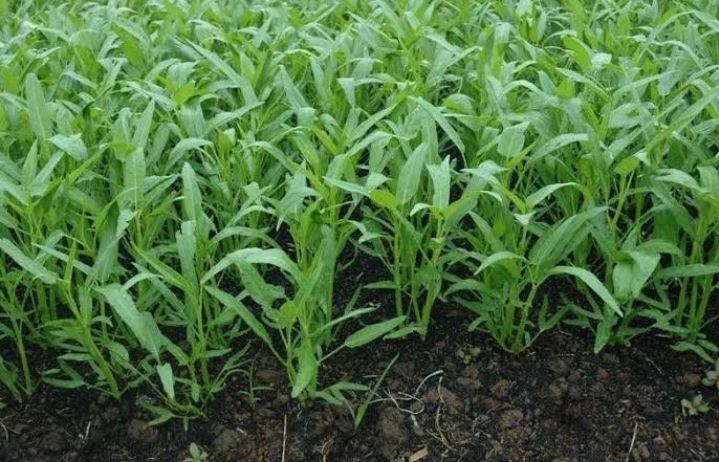
Source
Kale is a plant that is grown for food and is a sort of vegetable. Markets offer a vast variety of these plants. This plant is quite common in Asia and can be found practically anywhere, especially near bodies of water.
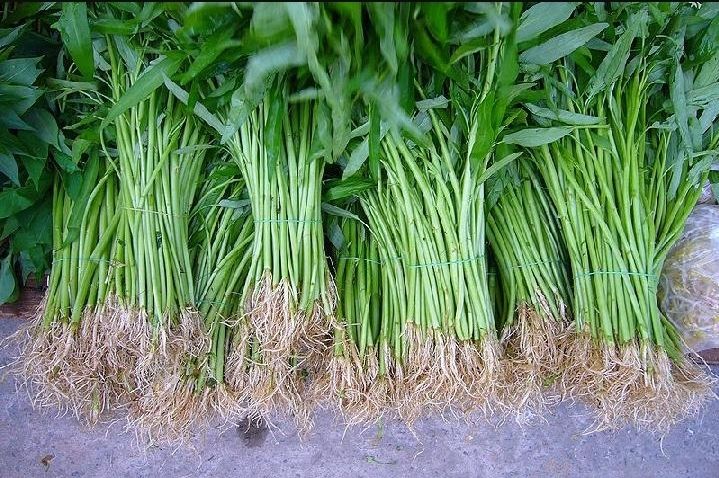
Source
There are two varieties of this plant: ground kale and water spinach. However, the land kale plant, sometimes referred to as pulled kale, is the species that is most frequently grown by the community.
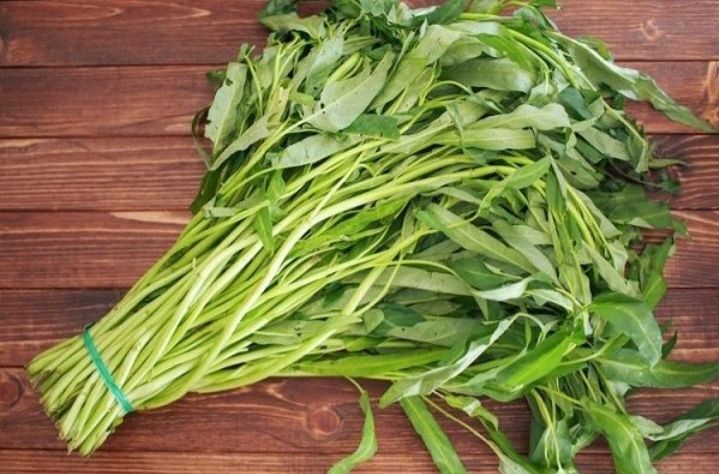
Source
This plant is extremely resilient to the intense heat and protracted dry spells since it can thrive for more than a year. The quality of the leaves improves and gets limp when planted in a relatively protected area, pleasing consumers.
Kale cultivation in the garden can be enjoyable and fruitful. The following advice will help you grow kale in your garden:
Choose the proper location: Kale greens require full or some sunlight. In order for the plants to grow successfully, pick a location that receives plenty of sun.
Make sure the soil is loose, fertile, and high in humus because these conditions are excellent for kale's growth. Verify that the ground is not excessively muddy or rough.
Apply chemical or organic fertilizers to the soil to boost its fertility. This fertilizer can aid in the more fertile and fruitful growth of kale plants.
Choose healthy, branching kale seeds when planting seeds. With a depth of around 2-3 cm, sow the seeds in the planting hole that has been constructed.
Provide adequate water: Kale need adequate water to grow well. Make sure to water your plants frequently, especially if they are young and need extra attention.
Regularly inspect the plants and remove any leaves or twigs that appear to be dry or diseased. Ensure that diseases and pests that can harm plant growth and yields are kept at bay.
Harvest: Around 3–4 weeks after planting, vegetable kale can be harvested. To keep the plants growing and generate a better output, make sure you routinely harvest the kale leaves.
You can easily and successfully produce kale in your yard using the aforementioned advice. Happy gardening!
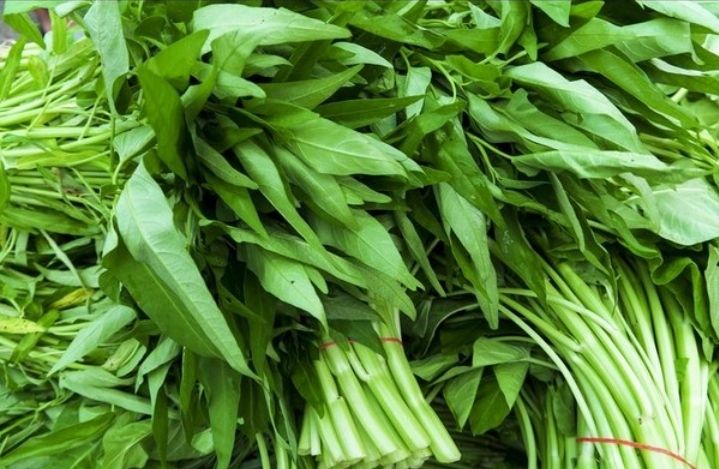
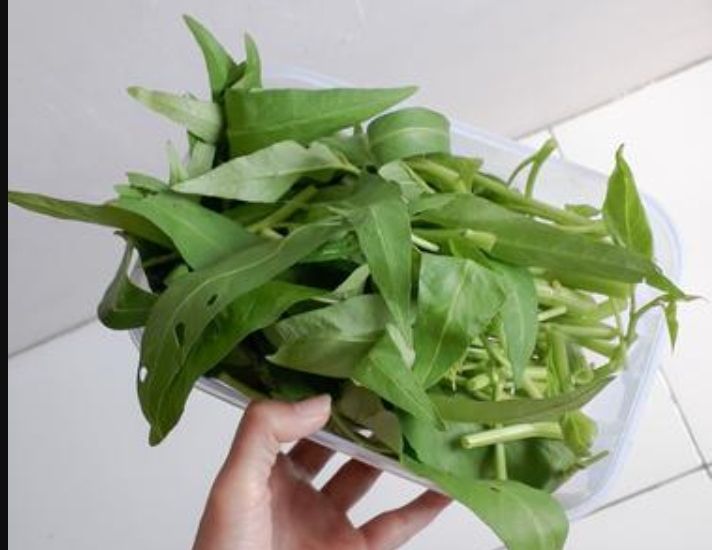
Congratulations, your post has been curated by @r2cornell, a curating account for @R2cornell's Discord Community.